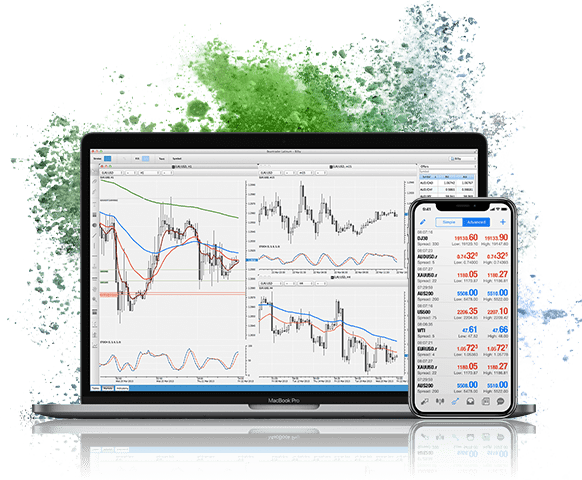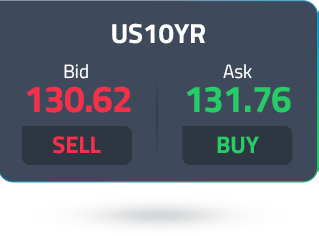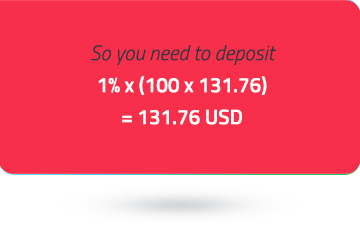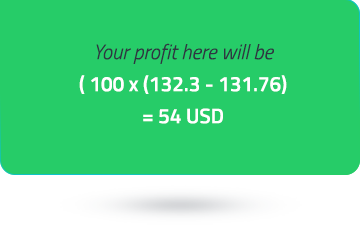Bonds are a type of over-the-counter trading fund (ETF) Fixed income financial instruments, By companies and governments (IOU) As a debt security (Coupon and zero coupon bonds) , Issued within a certain period of time, Mainly used to repay other debts and operating funds through brokerage firms in the secondary market.
Bond trading refers to allowing bond investors and traders (lender) In the bond market (Public Debt Market) Buying and selling corporate bonds and government bonds (Bond issuer) . issuer (borrower) The bond price must be repaid to bondholders on the maturity date of the bond (nominal value) , Interest rates and fixed or variable interest rates (dividend) . Traders believe that bond investment is one of the most effective portfolio diversification strategies.



 中文简体
中文简体 






